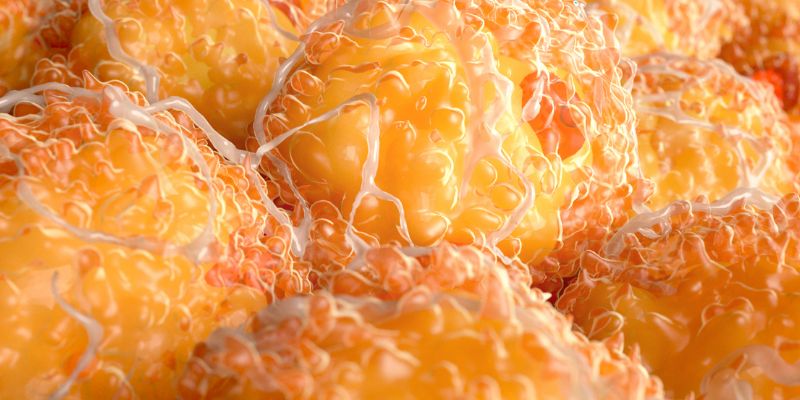People with higher levels of active brown adipose tissue are more likely to fight off metabolic disorders compared to those with lower levels, latest research has revealed.
Otherwise known as ‘brown fat’, active brown adipose tissue is common amongst individuals who are at risk of developing metabolic complications, such as ‘pre-prediabetes’.
According to the research led by the Society of Nuclear Medicine and Molecular Imaging, active brown fat can combat ‘pre-prediabetic’ states.
- Researchers identify health issues triggered by changes in fat function
- Cold temperature lipid found to help lower blood glucose
Brown adipose tissue is one of two types of fat that turns food into body heat. Brown fat is often referred to as ‘good fat’, the study has reported.
Previous analysis using PET imaging has shown that brown fat can destroy fatty acids and glucose, meaning it can treat certain metabolic disorders, such as obesity.
Main author, John P. Crandall said: “The primary aim of this study was to assess if there are differences in baseline glucose, insulin, lipid, and other metabolite levels between subjects with varying amounts of brown fat.
“We also examined patient blood samples and lifestyles to assess their association with brown fat levels.”
During the study, the team of academics used FDG PET / CT to examine the blood samples of 34 people to measure their levels of brown fat. Each participant wore a cooling suit to reduce their body temperature.
The scientists also assessed each participants insulin, glucose, lipid and other metabolite levels that impacted active brown fat.
They found that all levels were higher amongst individuals with a high amount of brown fat compared to those with a lower amount of brown fat.
Additionally, they discovered that high brown fat levels were more common amongst participants with a higher body mass index (BMI).
Fellow author, Dr Richard L. Wahl said: “Our study suggests brown adipose tissue may considerably influence (and be influenced by) overall metabolic health.
“Molecular imaging with FDG remains the most useful non-invasive method for studying brown fat in humans.”
He added: “Our findings show that molecular imaging potentially may be useful for identifying people who are at risk of developing metabolic disorders and suggests activation of brown fat is a metabolic coping mechanism in ‘pre-pre-diabetes. Further studies in larger populations are warranted to confirm and expand upon our findings.”
The full research investigation is now available in The Journal of Nuclear Medicine.







